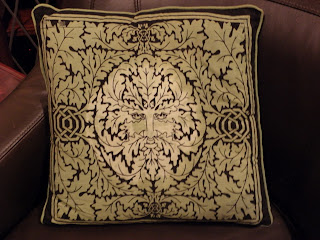At half-past six in the evening of Tuesday January 22nd
1901, Queen Victoria died. She was 81 years old, and had been Queen of the
United Kingdom of Great Britain and Ireland for sixty-three years and seven
months. At her bedside were her son and successor, King Edward VII, and her
grandson, Emperor Wilhelm II of Germany.
I’ll write more about her death and funeral at a later date,
but here is the Illustrated Mail for January 26th 1901, with a
photograph of her on the front, under the headline “The Empire Mourns Its
Loss”. Her life and legacy are described in full inside, with some remarkable
facts and figures about her reign.
Her funeral was on Saturday February 2nd 1901.
She was laid in state for two days and was then interred in Frogmore Mausoleum,
Windsor Great Park, beside her beloved husband, Albert.
Commemorative services were held in churches throughout the Empire, either on the same day as the funeral, or on a convenient day within the next week and one day. An order of service was published, and here are scans from the original issued for England and Wales - and the town of Berwick-upon-Tweed.
Berwick lies on the border between England and Scotland, and control of it has alternated between the two over the centuries. The 1502 Treaty of Everlasting Peace between the two countries placed Berwick, "Of England, but not in England", and so Berwick-upon-Tweed was always mentioned separately in Acts of Parliament. A local myth was that when Britain issued the declaration of the Crimean war, in 1853, Berwick was specifically mentioned, as per the norm, but for some reason was omitted from the 1856 Treaty of Paris, which ended the war, meaning that, technically, Berwick was still at war with Russia. And once again, we come to something that people believe, but isn't true. The 1746 Berwick and Wales Act made it clear that any reference to England included Berwick, and so Berwick had not been included in either the declaration of war or the later treaty. The myth was probably started in the early 20th century by a local clergyman.

























































